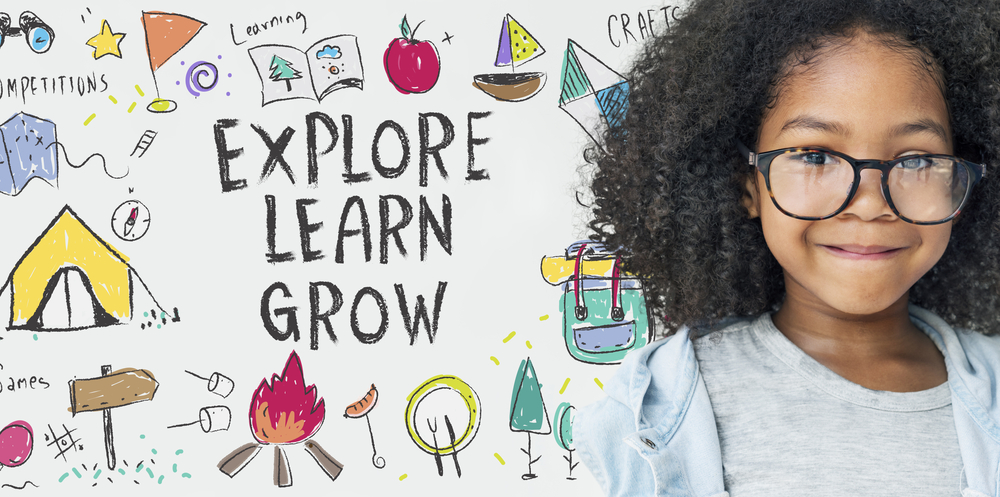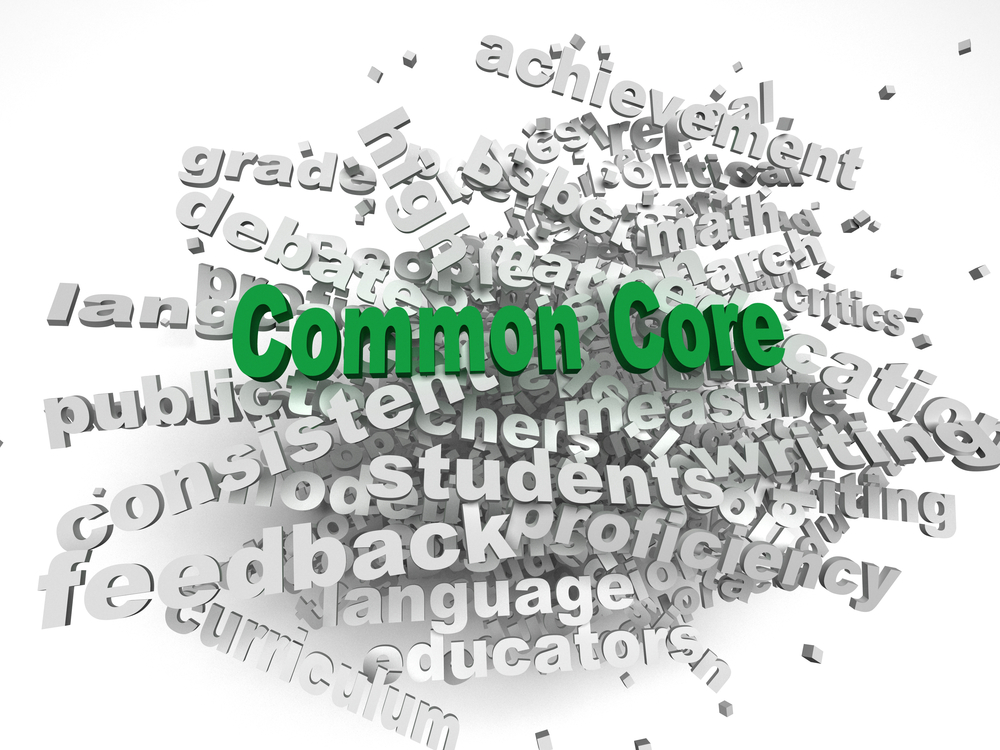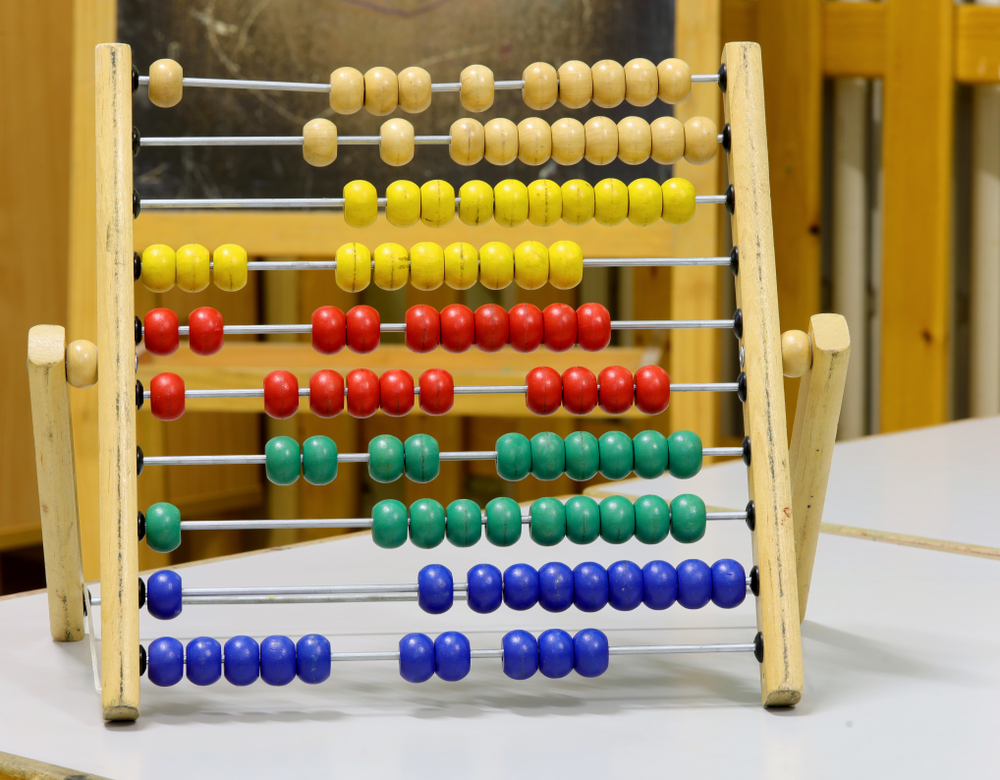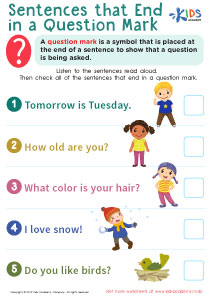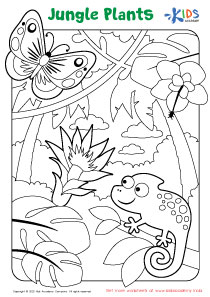Story sequencing Kindergarten Worksheets
14 filtered results
-
From - To
Explore our engaging Story Sequencing Kindergarten Worksheets designed to enhance your child's reading comprehension and narrative skills! These interactive worksheets help young learners develop the ability to arrange events in the correct order, fostering critical thinking and promoting creative expression. Each worksheet features fun illustrations and relatable stories, making the learning process enjoyable. Perfect for individual or group activities, our resources are aligned with educational standards to support early childhood development. Equip your kindergartner with essential skills by practicing story sequencing today, and watch them flourish as they learn to understand and retell stories with confidence!
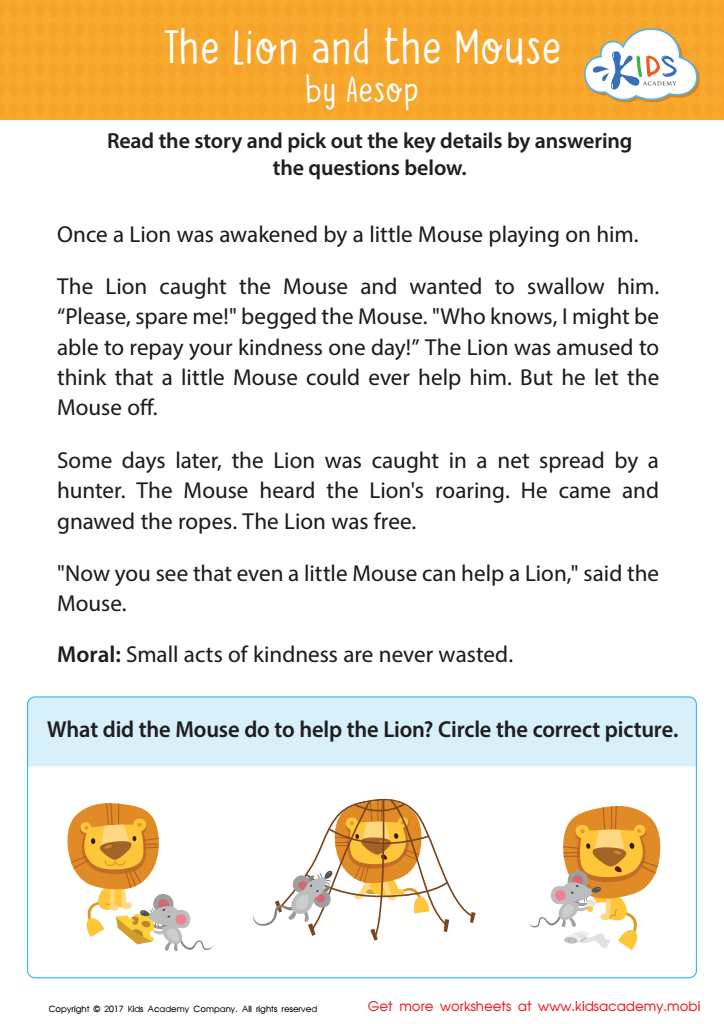

The Lion and The Mouse Sequencing Worksheet


“The Princess and the Pea” and “Cinderella” Worksheet
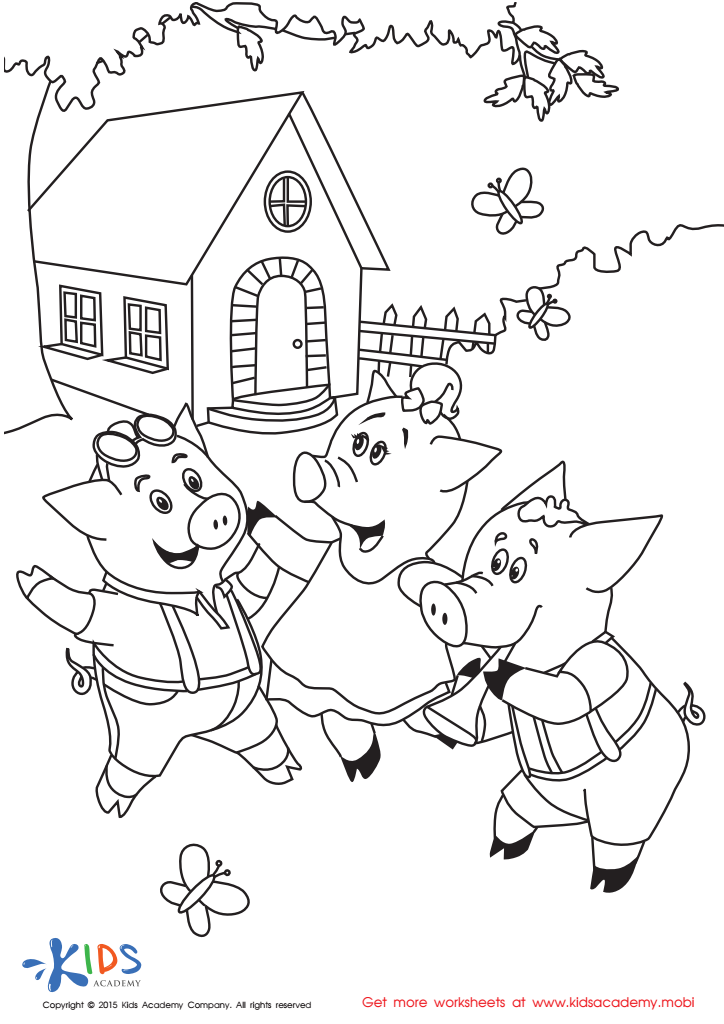

Folktales Printable PDF Worksheet: The 3 Little Pigs
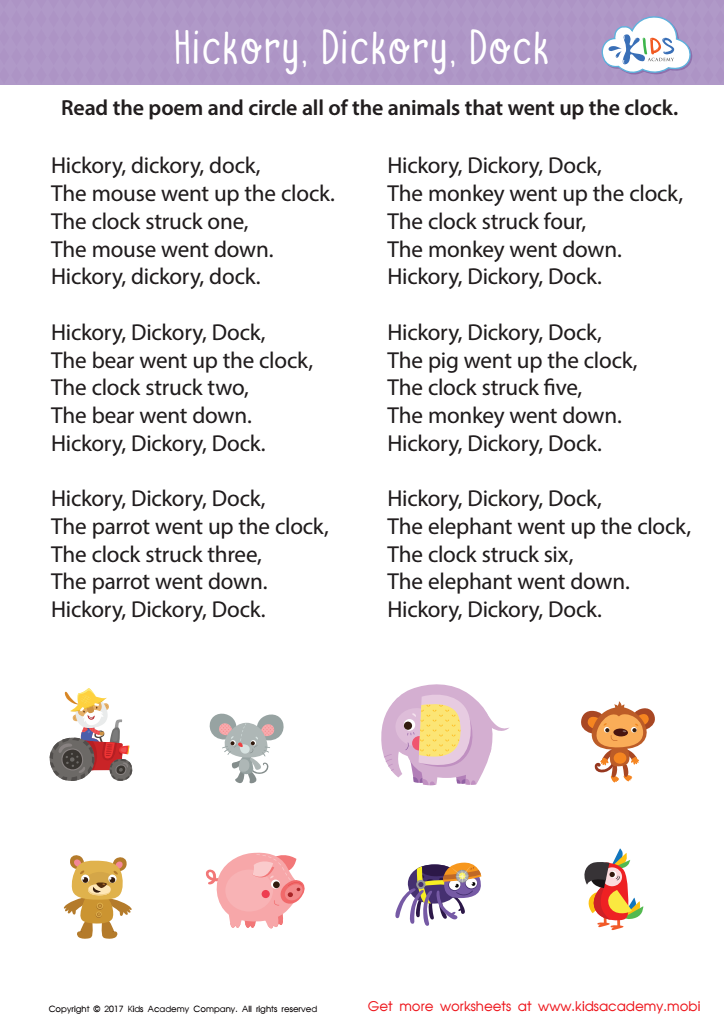

Hickory Dickory Dock Sequencing Worksheet
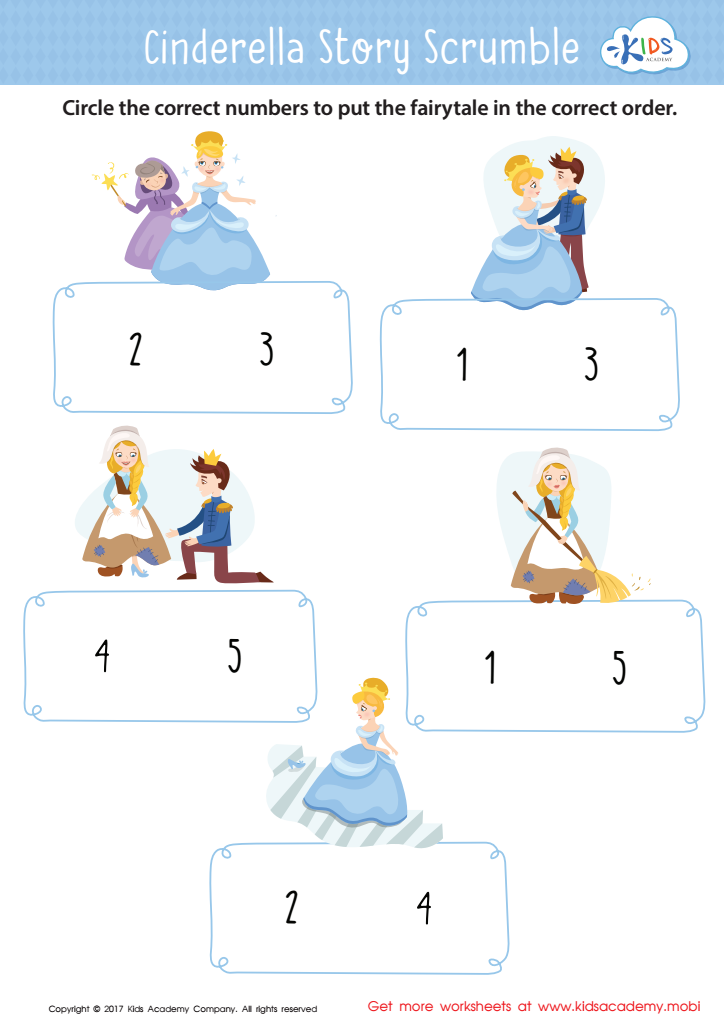

Cinderella Story Sequencing Worksheet
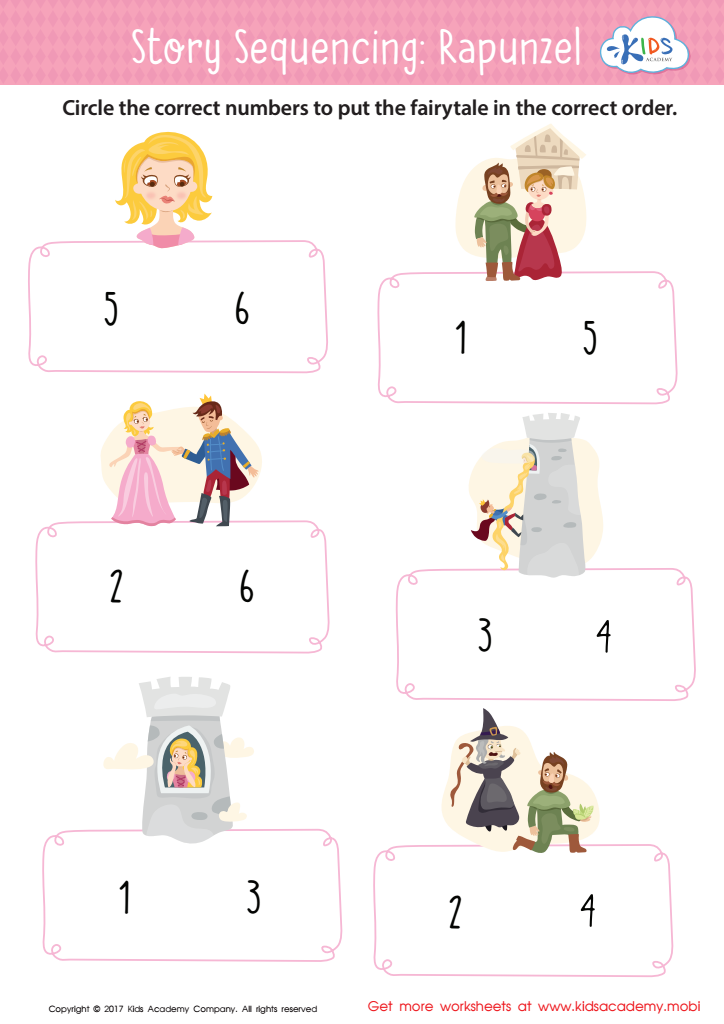

Rapunzel Story Sequencing Worksheet
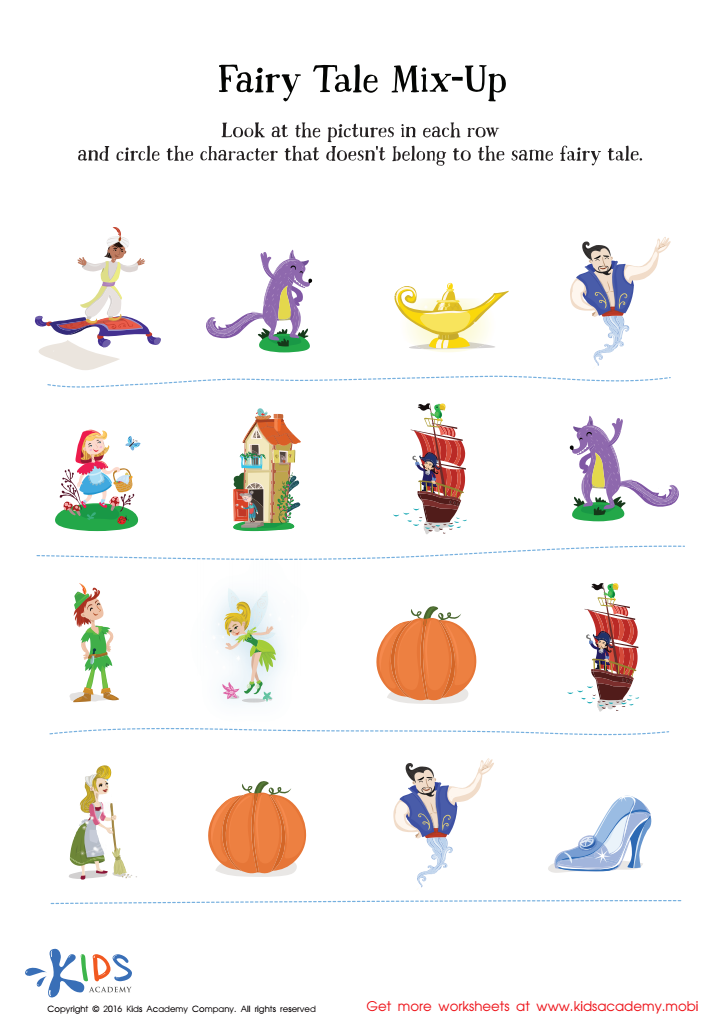

Fairy Tale Worksheet: Story Mix Up
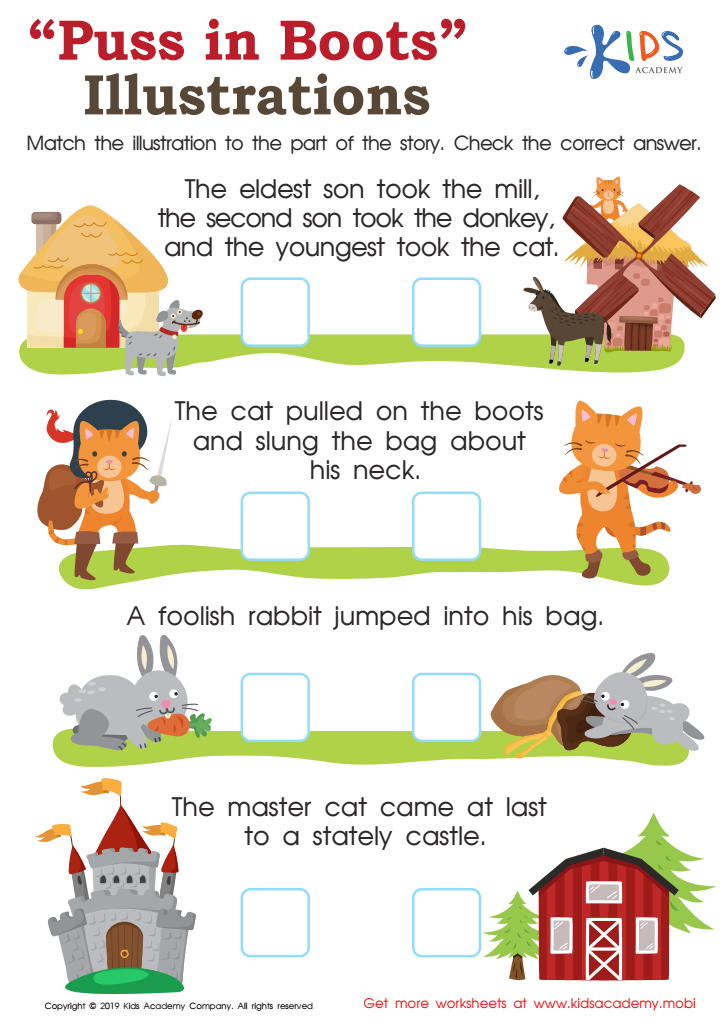

Puss in Boots Illustrations Worksheet
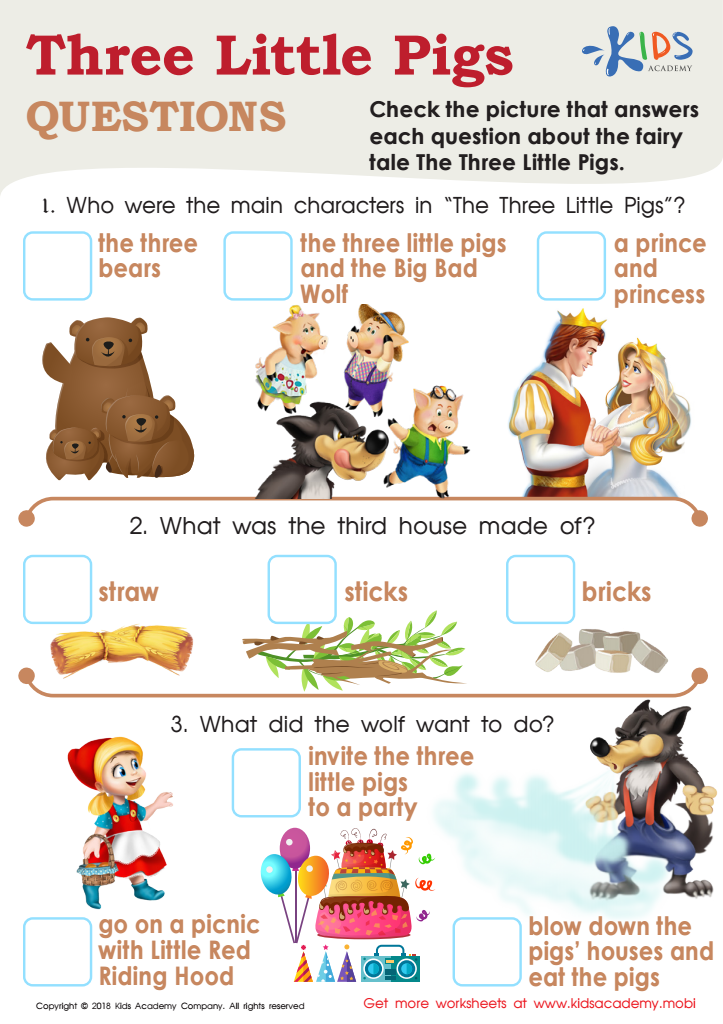

Three Little Pigs Questions Worksheet
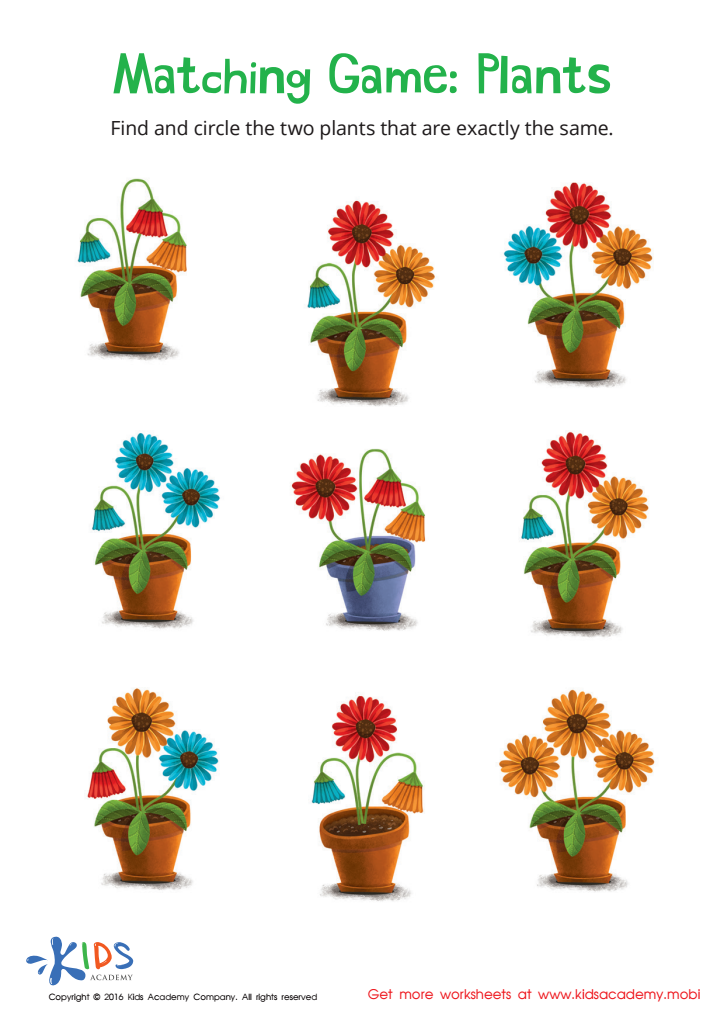

Matching: Plants Worksheet
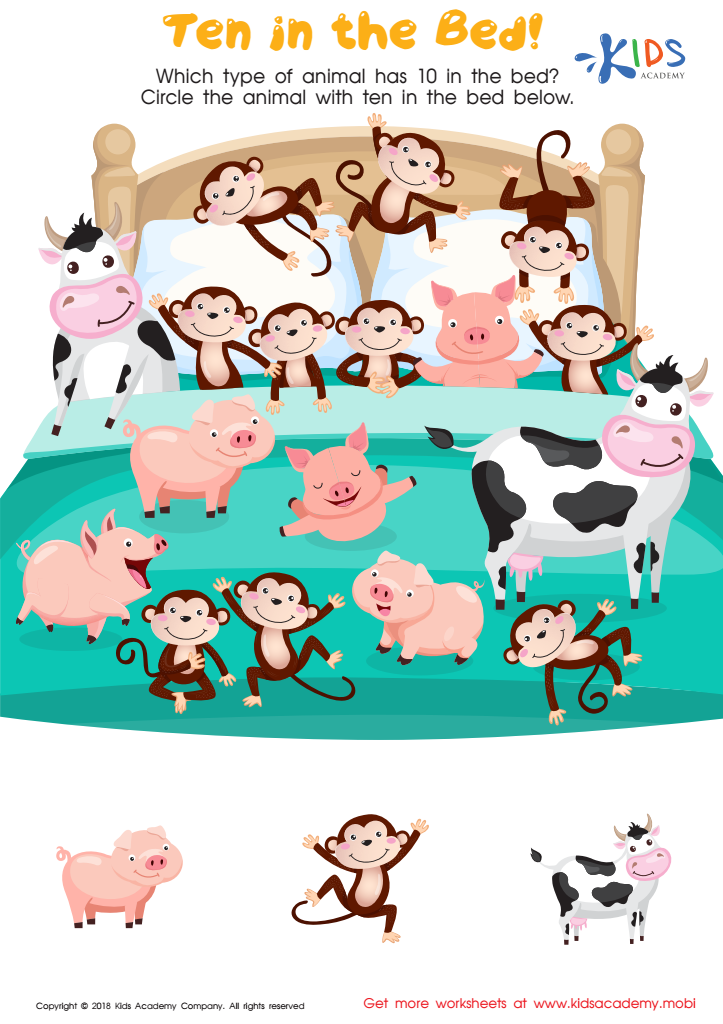

Ten in the Bed Worksheet
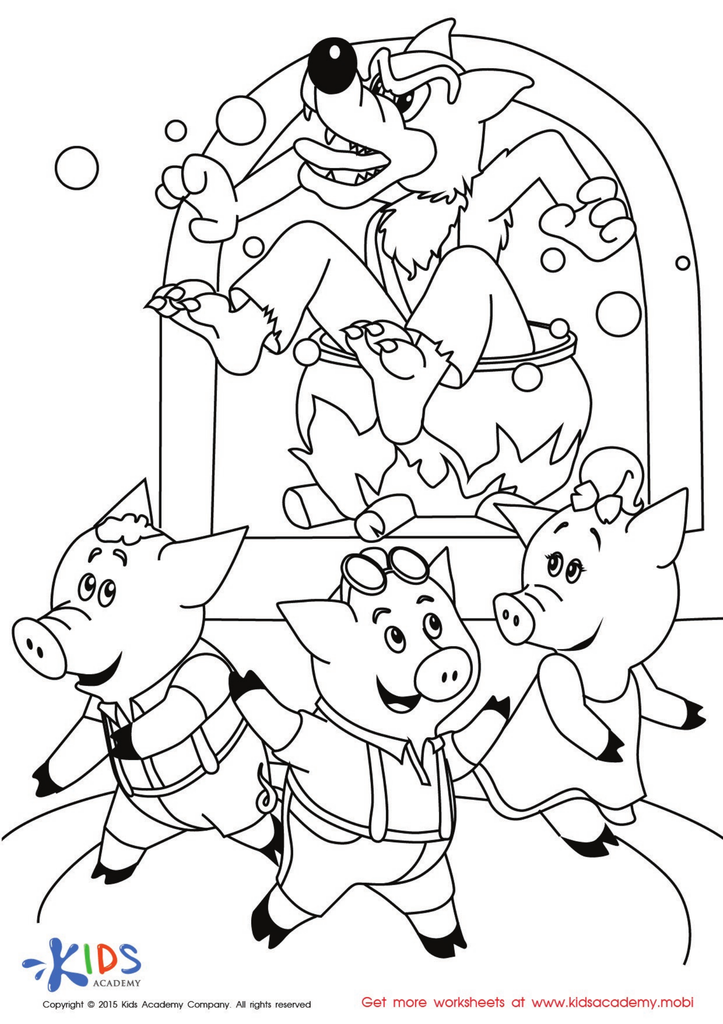

The Three Little Pigs and The Big Bad Wolf Printable
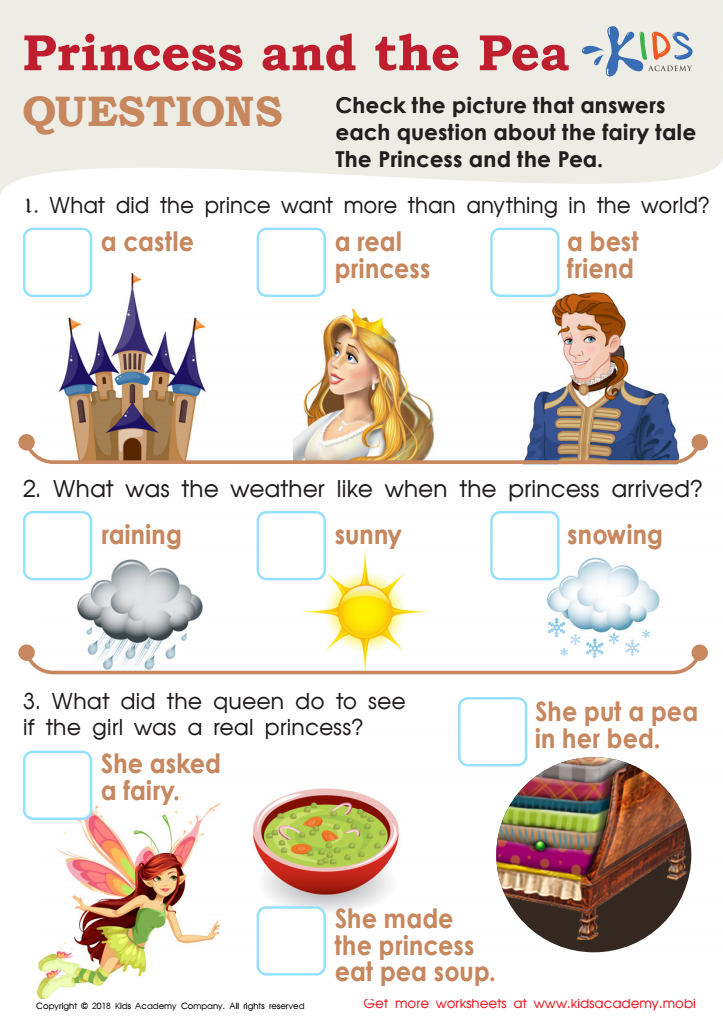

Princess and the Pea Questions Worksheet
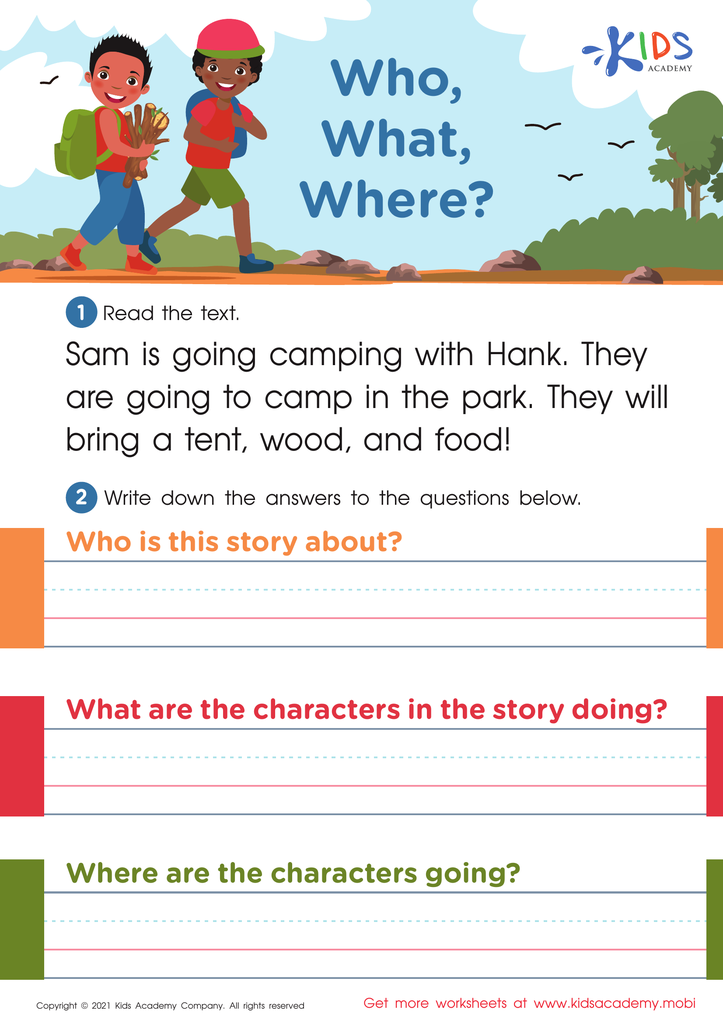

Who, What, Where? Worksheet
Story sequencing is a fundamental skill in early education that fosters critical thinking, comprehension, and language development in kindergarten-aged children. Understanding story sequences helps children grasp the structure of narratives, which enhances their ability to retell stories and make connections with their own experiences. This skill is not only vital for literacy development but also supports cognitive growth, as it encourages children to recognize cause-and-effect relationships, predict outcomes, and organize their thoughts coherently.
For parents and teachers, nurturing story sequencing abilities provides a solid foundation for future reading and writing skills. Engaging children in activities like arranging story cards or creating timelines enhances their ability to focus, listen attentively, and follow directions. Moreover, story sequencing fosters creativity, as children learn to construct their narratives and express their thoughts clearly.
In summary, parents and teachers should care about story sequencing because it enriches children's literacy, critical thinking, and communication skills, which are essential for their overall academic success. Supporting this skill at an early age not only lays the groundwork for a lifelong love of reading but also helps children interpret the world around them, making it a crucial aspect of early childhood education.

 Assign to My Students
Assign to My Students



